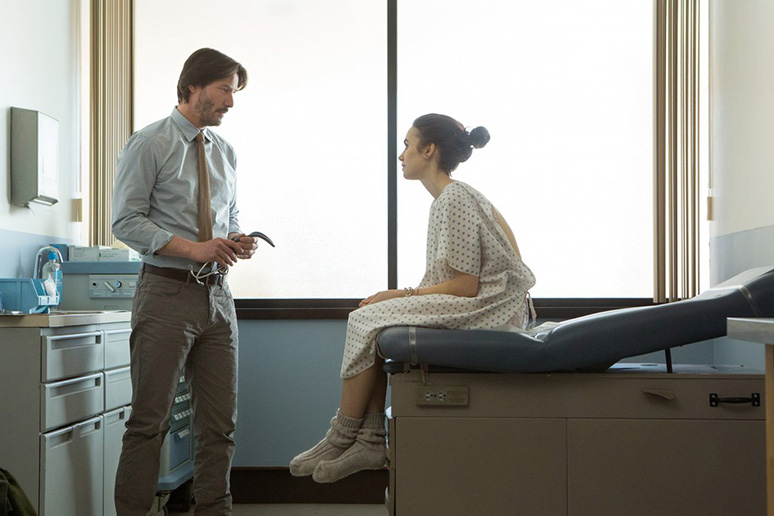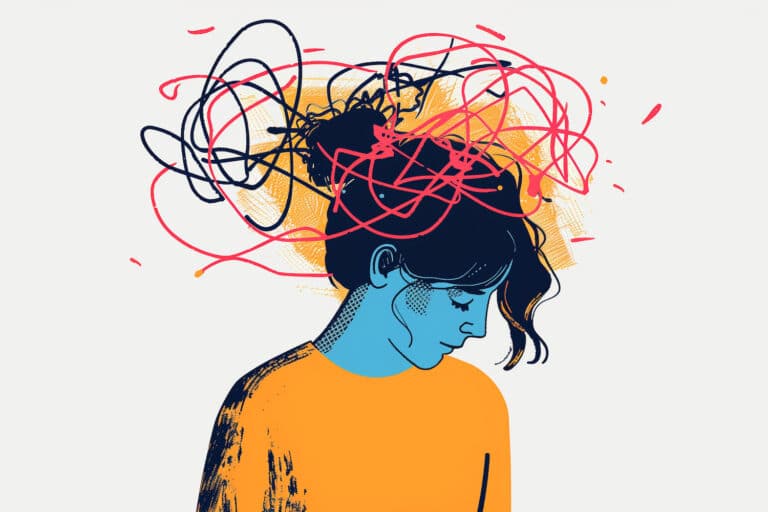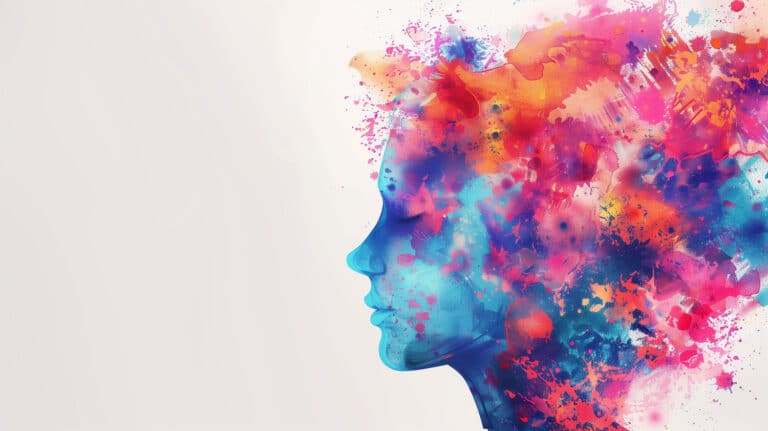By: Kristin Canan
There has been quite a conversation in the eating disorder community about the To The Bone movie release since its trailer came out in June. To The Bone is a movie about a young woman’s struggle with anorexia through two different treatment attempts. There has been some criticism and skepticism following the trailer’s release that To The Bone will be the equivalent for individuals at risk for eating disorder development or triggers as 13 Reasons Why was for people at risk of depression and suicide. Many individuals and organizations have criticized the specific eating disorder behaviors the lead actress (Lily Collins) exhibits in the trailer, with concern that it will teach others how to engage in anorexia more effectively. So, after begrudgingly watching the film, here’s feedback from me as an eating disorder therapist. As a warning, this post is filled with spoilers.
If I’m being frank, after watching the trailer, I agreed with many eating disorder specific organizations, experts, and survivors; I felt cautionary about this movie’s triggering factors in comparison to its educational potential and wasn’t sure that its educational factors would outweigh the trigger and contagion effect of learning more about specific anorexic behaviors. Despite my lack of desire to watch the movie, I wanted to give it a chance to see what the other hour and 45 minutes the trailer didn’t show, and I also wanted to be prepared to navigate it with the audience that may see this film.

I was concerned about the following:
- How in-depth will the movie go with the detailed portrayal of eating disordered behaviors?
- How will it depict treatment?
- Will it provide hope and an example (or examples) that recovery is possible?
- Will there be adequate trigger warnings at the beginning of the movie?
- Will solid resources be exemplified throughout or at least offered at the movie’s end?
- Will it romanticize weight loss and other eating disorder behaviors?
- Since Lily Collins (the lead actress) is in personal recovery from anorexia, how will they navigate the weight she needs to lose for the role while mitigating her risk of relapse?
So let’s break it down.
1) How in-depth will the movie go with the detailed portrayal of eating disordered behaviors?
What we see in the trailer is pretty much the extent of eating disorder behaviors that are shown (except one of Lily’s castmates vomiting into a bag and hiding it under the bed). Portraying in-depth behaviors could have been helpful for educational purposes (particularly for people who are not at risk for the development of eating disorders and would like to understand them further). Depending on the depth of portrayal, I also would have been concerned about teaching people how to become more effective anorexics. Good news: this film doesn’t share any shocking secrets or specifics outside of counting calories, running, laxative abuse, and vomiting, which are all pretty well-known to the general public. And they don’t specify how much, how long, how frequent, etc.
2) How will it depict treatment?
Unfortunately, I had a few issues with this portion of the movie, as it doesn’t portray any formal treatment. Living in a group home environment and eating whatever you would like while meeting with a therapist who tells you the solution is “to grow some balls” is not treatment. There is one real treatment center that is name-dropped during the movie, and their lack of ability to help another woman with an eating disorder was highlighted. If you are unfamiliar with treatment centers, you may not catch it. The movie also suggests that Maudsley therapy, which is a well-respected family therapy approach for youth with eating disorders, may be ineffective for treatment as well. The closest environment to a treatment center seems to be at the beginning of the movie; however, they reinforce harmful misnomers about motivation, resistance, and treatment centers after they kick Lily out of treatment following a snide comment in a group.
At treatment centers, we expect people to be frustrated sometimes and question their desire to be in treatment and recovery. Treatment is complex, and being in treatment means that they are challenged to give up one of the few things that has genuinely helped them cope effectively. They wouldn’t have continued engaging in those behaviors if they weren’t effective. Our brain will fight us when asked to replace something we have learned to rely on. But it is our job (and privilege) as therapists and support staff at treatment centers to be able to walk with people and help them navigate those feelings as we work together to identify other ways to cope.
3) Will it provide hope and an example (or examples) that recovery is possible?
This movie abysmally fails at this unless you count having a vision while passed out in the desert as hope. All of the characters in this movie continuously struggle with eating disorder behaviors without any follow-up on what happens next. There is no example of what life looks like in recovery. The film ends before Lily gets better, and the man closest to engaging in recovery bases his recovery on his career and eventually on another person’s participation in his life. Neither of these is a reliable foundation on which to place recovery. They can fuel the initiation of recovery, but won’t maintain recovery long-term, and can place someone at risk for relapse if their job status or relationship status changes. During the film, the eating disorder doctor who also serves as a therapist tells Lily, “There isn’t a point (to life or suffering).” He reinforces that we are not safe, and explains “it’s childish (to engage in eating disordered behaviors, feel overwhelmed, or expect things to get better).” This is followed by his agreement that the “pearl of wisdom” he has given Lily is to “grow some balls and get over it.” If only it were that easy…
4) Will there be adequate trigger warnings at the movie’s beginning?
I am pleased to report that a trigger warning at the beginning of the movie suggests some of the images and content may be disturbing to some viewers.
5) Will solid resources be exemplified throughout or at least offered at the movie’s end?
No. See above. And there is no follow-up at the end of the movie discussing resources, providing hope, reassuring people they are not alone, etc. However, the cast did get together and created The Nine Truths About Eating Disorders. I would love to see this more directly integrated and connected with the film.
6) Will it romanticize weight loss and other eating disorder behaviors?
Yes and yes. The pictures shown of Lily’s emaciated body are meant to be disturbing, and I think they achieve that. The “thinspiration” and “pro-ana” communities have already been using images from the film to create posts. I did a little research following the film, and the director reports they utilized CGI imagery for the camera shots that exhibited Lily at dangerously low weights. Lily didn’t look like this; a computer generated this image. It doesn’t stop people from idolizing this look, but it is essential to note so that people realize the images they are seeing are computer-generated, not reality.
7) Since Lily Collins (the lead actress) is in personal recovery from anorexia, how will they navigate the weight she needs to lose for the role while mitigating her risk of relapse?
I also watched interviews after viewing the film. Both the Director and Lily reported that she lost weight with strict oversight from a dietitian who ensured it was lost (and gained back) safely. I have a few issues with ” safely ” in this context. To lose that much weight in any context, particularly for someone who has a history of anorexia, is never safe and has a very high likelihood of causing relapse. As Project HEAL (an organization that provides grants for people with eating disorders to pursue treatment and that was consulted during the creation of the film) stated in an interview with People magazine, “We in no way intend to endorse the idea that people with anorexia nervosa can lose weight safely. This was a creative decision on the filmmakers’ part, and filming was completed before Project HEAL got involved in the film,” they write. “There is strong research showing that getting into a state of negative energy balance and/or losing weight can make people who have struggled with anorexia nervosa much more prone to a relapse. The weight loss aspect is not something that Project HEAL supports.”

Overall, I find the film to have great intentions to raise awareness, but poor implementation. Marti Nixon, the Director of the film, stated, “I hope that by casting a little light into the darkness of this disease, we can achieve greater understanding and guide people to help if they need it.” Lily Collins also shared this sentiment: “Seeking help is never a weakness; it’s a strength…The more we talk about difficult things, the more we can start conversations.” Lily explains that problematic issues have only ever changed in history when people have had uncomfortable conversations. If nothing else, this film has started a critical discussion, which, as an advocate, I appreciate.
If you choose to watch the film, this excellent guide developed by Project HEAL is a great resource to prepare you to view the movie. It also has an excellent discussion guide to facilitate conversation following the film to ensure people can delve into ways this film affected them, an accurate understanding of the disorders, and available resources.
If you or someone you know is struggling with an eating disorder, Magnolia Creek Treatment Center for Eating Disorders is here to help. There is always hope for recovery, and there are evidence-based ways to help people get there. We have seen countless women find freedom and regain their lives, but you shouldn’t have to do it alone. Our admissions team would be happy to talk with you further to ensure you get connected to the resources you deserve. You can reach out by submitting a contact form here.




